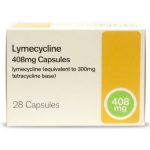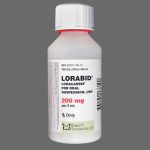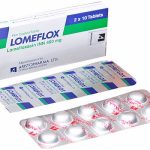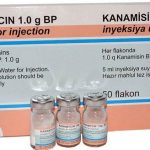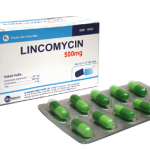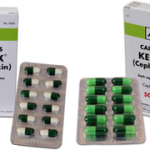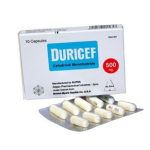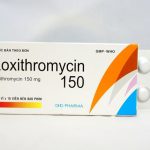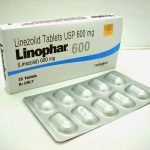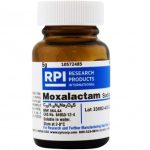
Latamoxef is an oxacephalosporin antibacterial that has been given intramuscularly or intravenously as the disodium salt in the treatment of susceptible infections. It differs from the cephalosporins in that the sulfur atom of the 7-aminocephalosporanic acid nucleus is replaced by oxygen. Like cefamandole it has an N-methylthiotetrazole side-chain and may cause hypoprothrombinaemia. Serious bleeding episodes have been reported with latamoxef and prophylaxis with vitamin K and monitoring of bleeding time have been recommended during treatment.

